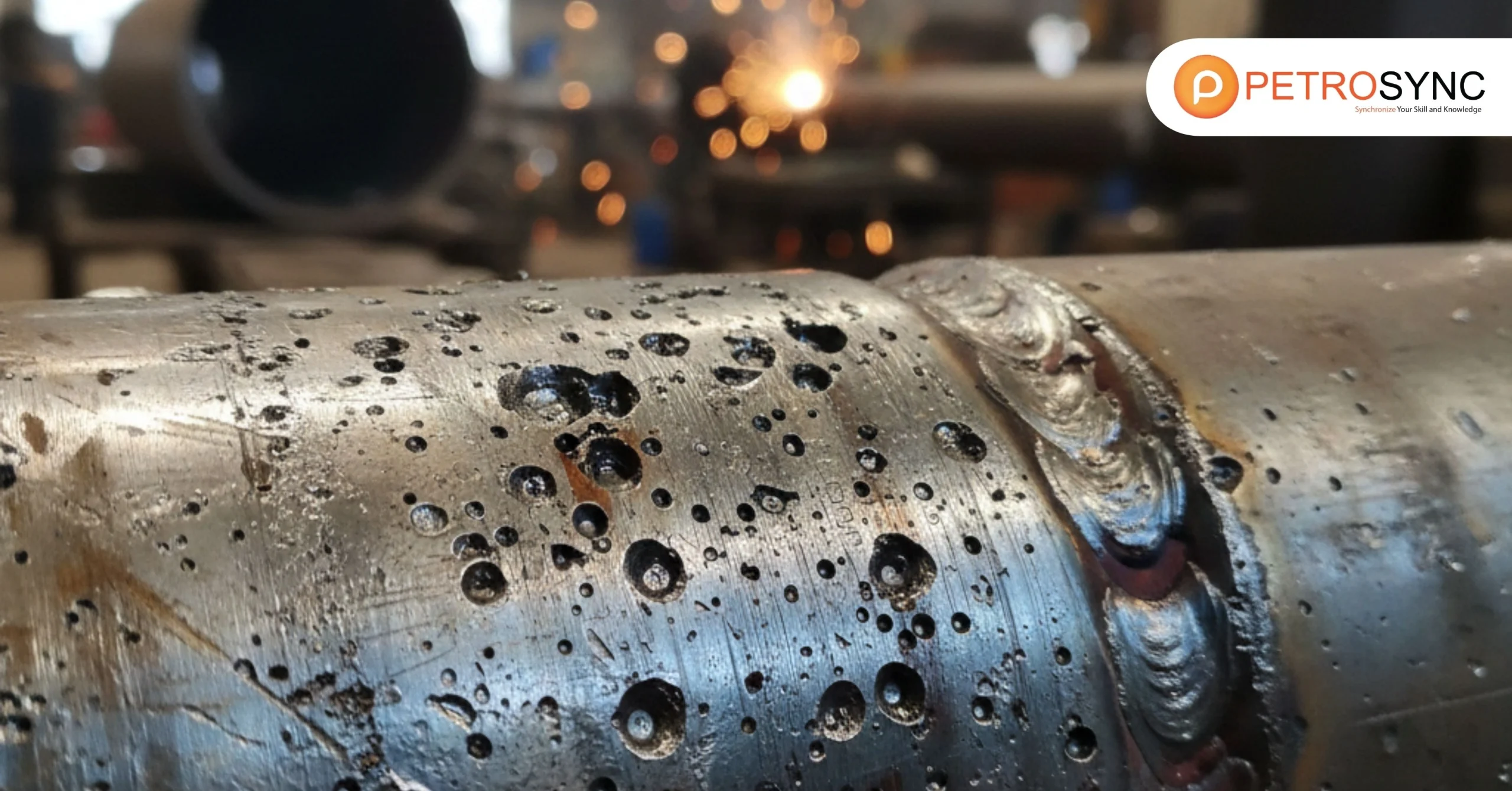In the workplace, understanding how to properly investigate issues is crucial. Think of it as a way to make sure everything at work is fair and transparent. Workplace investigation helps deal with problems or disagreements, making sure everyone is accountable and building trust. This guide is here to break down the steps of workplace investigation for you, helping you navigate through each stage effectively.
What Is The Workplace Investigation Process?
Workplace investigation is an objective, independent, and systematic process of uncovering facts about a particular incident that occurred at work characterizes the workplace investigation process.
When an issue arises, the process initiates by identifying the problem and systematically gathering relevant information. This involves speaking with individuals involved, examining pertinent documents, and collecting any evidence related to the situation.
After assembling the necessary information, an in-depth analysis is conducted to discern the root causes of the issue. This critical step aims to uncover the contributing factors, providing a comprehensive understanding of the situation.
Following the analysis, a comprehensive report is generated to document the investigation’s findings. This report encapsulates key details surrounding what transpired, the factors involved, and any recommendations for resolution or improvement.
Throughout the entire process, it is imperative to maintain confidentiality, ensuring a fair and unbiased investigation. This commitment contributes to reaching a just resolution, fostering accountability, and cultivating a healthy and transparent work environment. The workplace investigation process, as an essential tool for addressing concerns, plays a vital role in promoting a positive workplace culture.
Who Is Usually Involved During Workplace Investigations?
During workplace investigations, several individuals may be involved, each playing a specific role in the process
1. Complainant
The person who raises a concern or reports an incident is referred to as the complainant. This individual provides information about the issue that initiates the investigation.
2. Respondent
The respondent is the person against whom the complaint is made. This individual is involved in the investigation to provide their perspective on the situation.
3. Witnesses
Witnesses are individuals who may have observed the incident or have relevant information. They are interviewed to gather additional insights and details to aid in the investigation.
4. Investigator
An investigator is typically assigned to conduct the workplace investigation. This person is responsible for gathering information, interviewing involved parties, and analyzing the facts to determine the appropriate course of action.
5. Human Resources (HR) Personnel
HR professionals may be involved in guiding company policies, procedures, and employment laws. They also play a role in facilitating communication and ensuring compliance with the organization’s protocols.
6. Supervisors or Managers
Depending on the nature of the investigation, supervisors or managers may be involved to offer insights into the work environment, organizational policies, and any relevant history that could contribute to the investigation.
These key individuals work together to ensure a thorough and fair workplace investigation, addressing concerns and promoting a transparent and accountable work environment.
What Are The Purpose of Workplace Investigation?
The purpose of a workplace investigation is to uncover facts and gather information about specific incidents or concerns that have arisen within the work setting. These investigations serve several important purposes
1. Address Concerns
Workplace investigations are initiated to address concerns raised by employees, ensuring that issues are thoroughly examined and resolved.
2. Uncover Facts
The primary goal is to uncover facts surrounding an incident. This involves collecting information, interviewing involved parties, and analyzing details to determine what occurred.
3. Determine Root Causes
Investigations aim to identify the root causes of problems, helping to understand why an incident happened and what factors contributed to it.
4. Ensure Fairness
Workplace investigations are conducted with a commitment to fairness and impartiality, ensuring that all parties involved are allowed to present their perspective.
5. Promote Accountability
Investigations promote accountability by determining responsibility for actions or events. This accountability contributes to a sense of fairness and transparency within the organization.
6. Prevent Recurrence
The insights gained from investigations are used to implement preventive measures. This helps in minimizing the risk of similar incidents occurring in the future.
7. Foster a Positive Workplace Culture
By addressing concerns promptly and fairly, workplace investigations contribute to fostering a positive workplace culture. This involves promoting open communication, trust, and a commitment to transparently resolving issues.
Overall, the purpose of a workplace investigation is to ensure a safe, respectful, and equitable work environment by addressing concerns, understanding incidents, and implementing measures to prevent their recurrence.
What Are The 6 Steps of The Workplace Investigation Process?
Step 1 Pre-Investigation
Before starting the workplace investigation process, it’s crucial to engage in a pre-investigation phase. This involves understanding the nature of the concern or incident, ensuring that the complaint or issue is clear, and assessing whether a formal investigation is warranted. During this step, the investigator may also identify potential witnesses and gather initial information.
|
Do |
Don’t |
| Clearly define scope and objectives. | Jump to conclusions without facts. |
| Identify key individuals involved. | Share details widely before the investigation begins. |
| Confidentiality plan. | Neglect to inform involved parties. |
Step 2 Preparing for the Investigation
Once it’s determined that a formal investigation is necessary, the next step is to prepare for it. This involves outlining the scope of the investigation, establishing a timeline, and identifying the key individuals who will be involved, such as the complainant, respondent, and witnesses. Adequate preparation helps ensure a smooth and organized investigation process.
|
Do |
Don’t |
| Assemble relevant documents and information. | Rely solely on assumptions; gather all necessary facts. |
| Identify potential witnesses and interviewees. | Delay the investigation unnecessarily. |
| Ensure the investigator is trained and unbiased. | Assign an investigator with a potential conflict of interest. |
Step 3 Holding an Investigation Meeting
The investigation meeting is a critical step where the investigator meets with the complainant, respondent, and any relevant witnesses. During these meetings, the investigator gathers detailed information, asks questions, and encourages open communication. It’s essential to approach these discussions with sensitivity and impartiality, creating an environment where individuals feel comfortable sharing their perspectives.
|
Do |
Don’t |
| Conduct meetings in a neutral and private location. | Allow disruptions or interruptions during the meeting. |
| Clearly explain the purpose and process of the investigation. | Pressure or intimidate those involved. |
| Encourage open communication and honesty. | Make immediate judgments without gathering all necessary information. |
Step 4 Dealing with Witnesses
In this step, the investigator focuses on dealing with witnesses who may have relevant information. This involves identifying and interviewing witnesses, encouraging them to share their observations or experiences related to the incident. Maintaining confidentiality and ensuring witness cooperation are key considerations during this phase.
|
Do |
Don’t |
| Interview witnesses separately to avoid influence. | Disregard witness statements or perspectives. |
| Ask open-ended questions to gather detailed information. | Assume all witnesses will have the same account. |
| Document witness statements accurately. | Pressure witnesses to provide a specific narrative. |
Step 5 Reporting the Investigation Findings
After gathering all necessary information, the investigator compiles a comprehensive report detailing the findings of the investigation. This report includes a summary of the incident, the perspectives of involved parties, and any relevant evidence. The goal is to present an unbiased and factual account of what transpired during the investigation.
|
Do |
Don’t |
| Present facts objectively and clearly. | Inject personal opinions into the findings. |
| Identify policy violations or areas for improvement. | Withhold relevant information or key facts. |
| Provide recommendations for resolution or prevention. | Rush the reporting process; ensure thoroughness. |
Step 6 Concluding the Investigation
The final step involves concluding the investigation. This includes sharing the investigation findings with relevant parties, addressing any corrective actions or recommendations, and closing the case. Concluding the investigation in a transparent and fair manner is essential for promoting trust and ensuring that the workplace can move forward positively.
|
Do |
Don’t |
| Communicate results to all involved parties. | Ignore the need for follow-up or monitoring. |
| Implement corrective actions as necessary. | Allow retaliation against individuals involved. |
| Document resolution and lessons learned. | Overlook the importance of preventive measures. |
In conclusion, mastering the six stages of a workplace investigation process is pivotal for fostering a positive work environment. By recognizing early signs, meticulous planning, unbiased information gathering, thoughtful analysis, fair decision-making, and thorough closure, organizations ensure a culture of transparency and trust. The commitment to these stages not only resolves issues but also contributes to the overall well-being of the workplace.
Related to workplace investigation, root cause analysis aims to dig deeper as a thorough method for accident investigation. Both processes aim to identify and address underlying issues rather than merely treating symptoms. Where workplace investigations focus on specific incidents, root cause analysis delves deeper, seeking to understand the fundamental causes behind recurrent problems.
As you continue your journey in understanding workplace investigations and their profound impact, consider enhancing your skills through Root Cause Analysis training by PetroSync. This specialized training equips individuals with the tools to identify and address the root causes of issues, providing a broader perspective on organizational challenges.
Investing in RCA training not only elevates your expertise in handling workplace complexities but also positions you as a valuable asset in driving continuous improvement within your organization. Explore the opportunities for growth and professional development that Root Cause Analysis training can bring, paving the way for a more proactive and insightful approach to addressing workplace issues.
Credit header image: Freepik

SEO specialist by day, fact-checker by night. An avid reader and content writer dedicated to delivering accurate and engaging articles through research and credible sources.






